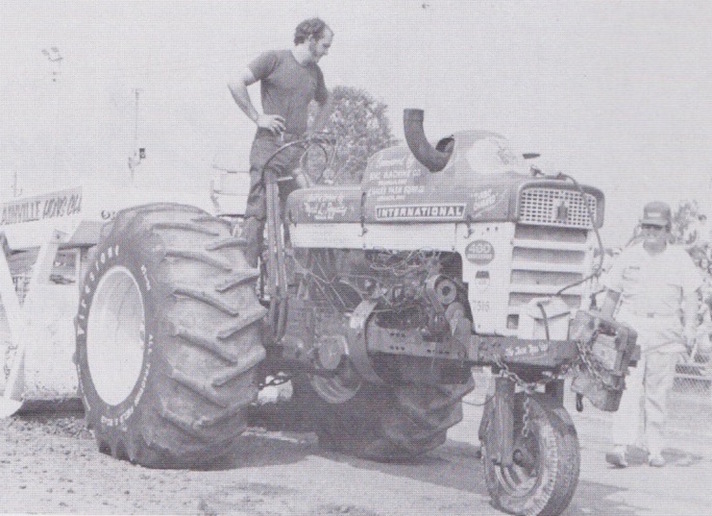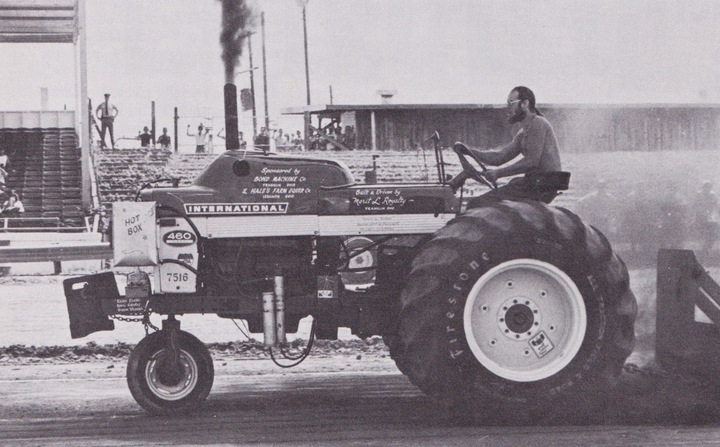Farmall706guy
Member
Hi all, while I am installing a turbo onto my 1966 706 D282, I know for a dead fact that these 282's were easy head gasket poppers even being naturally aspirated and a stock fuel pump. The thing I have to say today is, what if I turned the Torque screw adjustment on the injector pump WAY down on it to where the motor only dyno's at around 45 horse power? Then with it only pumping out 45 horsepower, I could safely mount my turbo charger onto it with out it increasing the chance to blow the head gasket... It shouldn't affect the head gasket because with 45 horse power max, the turbo charger would for example jack it up back to it's stock horsepower , 60-70 hp. , ((i can always adjust my fuel up just a tad if it only dyno's at 50 hp WITH the turbo), I can adjust it just high enough to where it gets stock horsepower (70hp) WITH the turbo on the dyno. If it has stock horsepower WITH the turbo after I turn down my fuel delivery, wouldn't it have literally exact same compression as if it did not have the turbo and the fuel pump was turned way back up to where it originally is factory? Plus wouldn't I get even Bette fuel economy? Like I said, as I have stated before, I don't even need 50 hp out of this tractor as the only thing I do with it is pull hay rakes and drive In parades. I added this turbo because I wanted the "turbo sound affect" on my D282. Oh and the turbo I made fit to my naturally aspirated exhaust manifold is off of a DT-436. Thanks guys. Let me know if my idea is a good idea,,,



